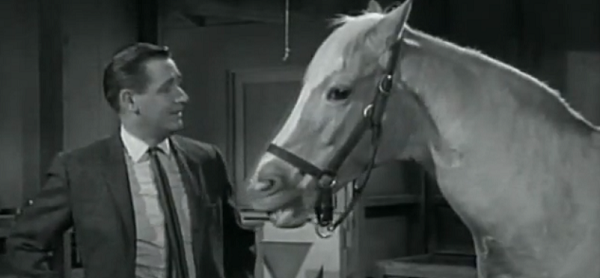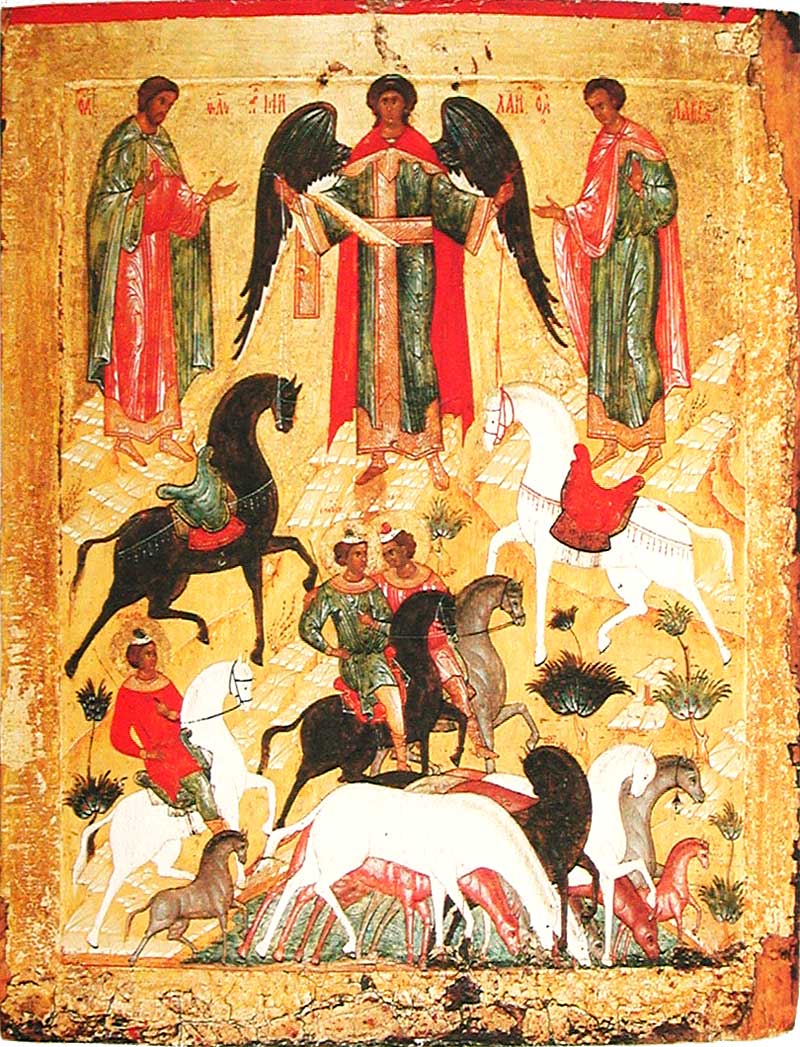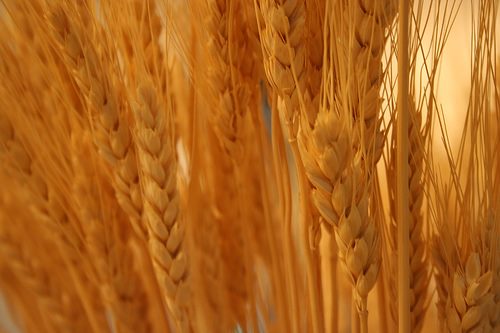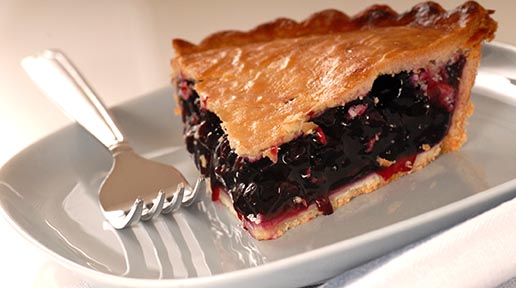
Mr. Ed, the talking horse who only ever conversed with Wilbur, was one of my favorite tv shows growing up. Mr. Ed appeared on Sunday evenings, just before (or after?) “My Favorite Martian.”
When most people think of HORSES in mythology or folklore, they think of winged horses like Pegasus or wooden horses like that offered to the Trojans by the Greeks or talking horses like Mr. Ed (seen above). Few people think of horses in connection with mermaids!
But horses and cows were often seen in the company of mermaids, according to the old stories. Mermaids were set to watch the herds of horses and cows belonging to the sea gods just as shepherds were set to watch flocks of sheep and goats on the hillsides. Mermaids would lead the horses and cows up onto shore from the depths of the sea and then gain legs for themselves by removing a cloak. After allowing the cattle or horses to graze along the shore, the mermaids would wrap themselves in their cloaks again and lose their legs, thus regaining their fish tails and would lead the animals back into the sea.
Many times a mermaid would reward an act of kindness by giving a human a magical horse or cow that was especially strong, beautiful, and fertile. These cows from the depths of the Otherworld would mingle with the poor or sickly cows of a farmstead and restore the earthly herds to health and fertility. These magically restored herds often brought great wealth to the human farmers. But if the humans ever harmed the Otherworld animal, it would vanish and take all its progeny with it and the humans would be reduced to poverty once more as a result.
It was sailors or other men who saw the mermaids and the horses/cattle come ashore who might steal the mermaid’s cloak and thus render her unable to return to the sea. She would often then marry the man who had stolen the cloak and thus kidnapped her and even live with him happily for many years. But she would never age and would finally find the cloak that the man had hidden somewhere in the house. She would wrap herself in the cloak and hurry back to the sea and return to her true home beneath the waves.
Horses were also especially associated with the goddesses who brought both fertility and who lead the dead into the Otherworld in Celtic mythology. Because a goddess could bring life and health and prosperity, she could also take them away and leave illness and death in her wake. Horses, especially purebred white horses, were considered the steeds of the goddess and were both desired and feared by horse traders.
Florus and Laurus, twin brothers who were second century martyrs, are considered the patrons of horses among the Rus because a local horse plague was healed by their relics. Russian peasants would tether their horses around the church on their feast day (August 18) and avoid putting the horses to work in order to avoid a recurrence of the plague.



